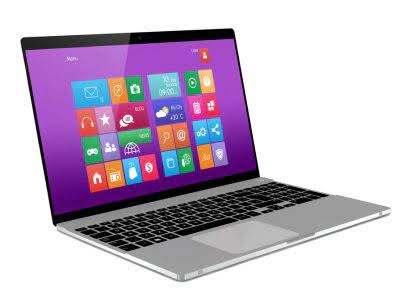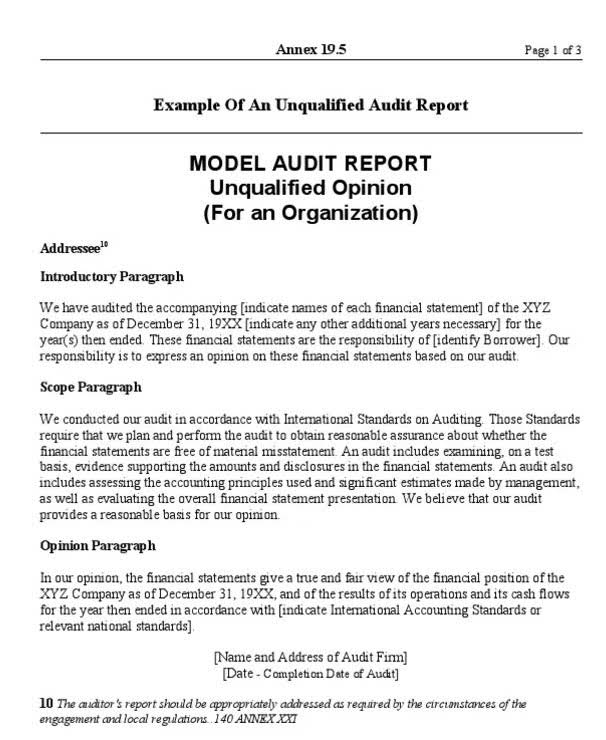
It’s a balancing act between the accrual accounting method and the actual cash movements, both of which are crucial for portraying an accurate picture of a company’s financial performance. Promissory notes are more than just pieces of paper; they are a cornerstone of financial transactions in the business world. Their ability to embody trust, extend credit, and provide legal assurance makes them an indispensable tool for businesses of all sizes and sectors. As we delve deeper into the intricacies of notes receivable, it becomes evident that the power of promissory notes lies in their simplicity and the profound impact they have on the dynamics of business transactions. To illustrate, consider a company that sells machinery and offers financing to its customers through notes receivable. Let’s say the company sells a piece of equipment for $10,000 with a one-year note at unearned revenue a 5% annual interest rate.

Automated Credit Scoring
It’s a meticulous process, but it’s essential for maintaining the integrity of financial statements and supporting strategic financial decisions. It’s important for businesses to keep track of these classifications accurately in order to provide stakeholders with an accurate picture of their financial health. Misclassifying notes receivable could result in mismanagement of resources or incorrect reporting of financial statements. Current assets play an important role in determining a company’s liquidity and financial health. The higher the proportion of current assets in relation to total liabilities, the greater the company’s ability to meet its short-term obligations. There are many reasons why a business might have notes receivable in its accounting records.
What is the advantage of a promissory note over an account receivable?
In the case of a cash sale, Cash and Cash Equivalents would have been debited with the sale amount, not Trade Receivables. Therefore, Other Receivables in the Balance Sheet can be defined as the amount of finance owed to the company. The Balance Sheet is considered one of the companies’ primitive sources of decision-making.

The Risks and Rewards of Holding Notes Receivable
Moreover, promissory notes are versatile and can be tailored to the specific needs of the transaction, making them a valuable tool for a wide range of business activities. Furthermore, notes Receivables are promises from debtors to pay a specific amount of money with interest to creditors at a future date. Businesses typically issue notes receivable to formalize agreements for extended payment terms, loans to customers, or other credit transactions.

Payable
- It also clearly mentions the interest required to be paid along with the principal amount, which is the face value of the notes.
- This type of asset is a promissory note that legally binds the debtor to pay the specified amount of money at a predetermined date or on demand.
- In this journal entry, the Accounts Receivable invoice for Dino-Kleen is reduced to take the invoice out of Accounts Receivable.
- They are essentially written promises for amounts that customers owe to a business, typically arising from sales or loans.
- Notes can be converted to cash by discounting them to the financial institutions.
The principal value of the note is $ 500,000, $125,000 of which will be paid monthly for four months (time frame) along with the agreed annual interest rate of 10% (stated interest). Notes Receivable is a written promise that gives the entitlement to the lender or holder of notes to receive the principal amount and the specified interest rate from the borrower at a future date. They’re shown in the shareholder’s balance sheet as the current assets if the note is due within one year; else, they will be shown under the now-current head in the balance sheet if the note is due after one year. There are situations when notes receivable cannot be classified as current assets. One example is when the note has a maturity date beyond one year from the balance sheet date. In such cases, the note becomes a long-term asset that must be reported separately on the balance sheet.
- Factors to consider when determining the percentage amount to use will be trends resulting from amounts of uncollectible accounts in proportion to credit sales experienced in the past.
- Misclassification can lead to misinterpretations and inaccurate assessments of liquidity and solvency.
- As a result, any notes receivable that are greater than one year to maturity are classified as long-term notes and require the use of present values to estimate their fair value at the time of issuance.
- Notes receivable is the written promise which gives the rights to the holder of the note for receiving a specific sum of money at a specified future date.
- The future amount can be a single payment at the date of maturity or a series of payments over future time periods or some combination of both.
- Notes receivable are classified as current assets when the repayment period is within one year.
Securitization is a financing transaction that gives companies an alternative way to raise funds other than by issuing debt, such as a corporate bond or note. The process is extremely complex and the description below is a simplified version. If receivables are sold with recourse, the seller guarantees payment to the purchaser of the receivables, if the customer fails to pay. Below are some different examples of sales of receivables; such as factoring and securitization. This makes intuitive sense since the stated rate of 10% is equal to the market rate of 10%. The AFDA ending balance after the adjusting entry would correctly be $8,000 ($300 debit + $8,300 credit).
For your business, notes receivables are assets, as they signify money owed to you. Notes that have a due date within is note receivable a current asset one year are considered current notes receivable and are categorized as current assets. Those that have repayment terms extending beyond one year are considered non-current notes receivable and are classified as non-current assets.


The concept of an operating cycle refers to the time it takes for a company to purchase inventory, sell it, and collect cash from the sale. This classification ensures an accurate representation of the asset’s value on the balance sheet. It distinguishes between amounts expected to be realized within the next operating cycle (current assets) and those not expected to be realized within that timeframe (noncurrent assets). A note receivable expected to be repaid within a year is typically classified as a current asset.
Situation 3 – The customer dishonors the note and does not pay on the due date. Intermediate Financial Accounting 1 Copyright © 2022 by Michael QuickBooks Accountant Van Roestel is licensed under a Creative Commons Attribution-NonCommercial-ShareAlike 4.0 International License, except where otherwise noted. IFRS – substantially all of the risks and rewards have been transferred to the factor. In the realm of home-based businesses, IT consulting emerges as a pivotal force, driving innovation…
0 Comments